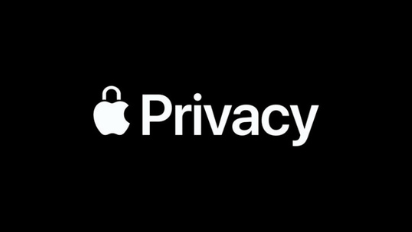The Latest
In the ever-evolving landscape of digital marketing, there’s a looming seismic shift in how we engage with audiences: the phasing out of third-party cookies. But what exactly are they? And how can nonprofits thrive as the world of cookies crumbles?
What are third-party cookies?
Third-party cookies are the breadcrumbs of the internet—small pieces of data stored on a user’s device while they surf the web. They follow users as they peruse around the internet, tracking their online behavior and serving up targeted ads. But alas, cookies’ days are numbered.
What’s happening to third-party cookies?
The growing concern of user privacy and data protection led Safari and Firefox to block third-party cookies by default. Now, Google Chrome is expected to halt the use of third-party cookies by the end of 2024. With Chrome commanding the lion’s share of the market, this shift is monumental in how advertisers can track and target audiences.
What does this mean for nonprofits?
Ensure you’re getting explicit permission from your website visitors before collecting or sharing their data, as required by laws like the General Data Protection Regulation (GDPR) and California Consumer Privacy Act (CCPA). This means having clear, user-friendly consent processes in place (sans confusing legal jargon), allowing users to easily opt in or out of data collection, and being transparent about what data is being collected and how it’s used.
What can you do to prepare?
While there’s not one perfect solution, it’s imperative to start mapping out a plan now that you can deploy within the next six months to minimize the impact the impending cookie-less world will have on your digital advertising. And if you haven’t started, don’t fret! We’ve outlined three ways you can prepare so you don’t get left in the digital dust.
- Embrace first-party data: In a world without third-party cookies, your very own first-party data is your holy grail. Assess what first-party data you already have, how you’re getting it, and where there may be gaps once we enter the cookie-less world. Then alter your website, emails, texts, social media, and more to gather as many insights as you can about your supporters’ demographics, interests, and behaviors. This treasure trove of information will help you develop hyper-personalized interactions that deepen your relationships with supporters. In action, this could look like customizing landing pages for different audiences, segmenting emails based on demographics and behaviors, or using texts as another touchpoint for a supporter who hasn’t opened an email.
- Harness the power of contextual targeting: Bid adieu to stalking your audience across the internet and say hello to contextually relevant advertising. Nonprofits can leverage contextual targeting to display ads based on the content of the website they’re advertising on. Is your mission to make the world more eco-friendly? Place your ads on environmental websites. Whether it’s category-based, keyword-centric, or powered by semantic machine learning wizardry, contextual targeting ensures your message aligns with users’ interests, sans invasive tracking.
- Diversify your arsenal: In the post-cookie era, one channel won’t cut it. Try shaking things up with your social media engagement and search engine optimization. Explore new strategies such as influencer partnerships and immersive storytelling. Find what resonates best with your audience, and remember, adaptability is key. So, think creatively and experiment with an array of channels and tactics.
While the cookie-less future may seem daunting, taking the time to embrace change, learn, and stay agile will leave you well-equipped to navigate these unchartered waters. Use this as an opportunity to reconnect with your audience on a deeper level and set yourself up to thrive in this new frontier.
Looking for more information?
For more information or assistance with preparing for a cookie-less future, contact us at info@thelukenscompany.com.





